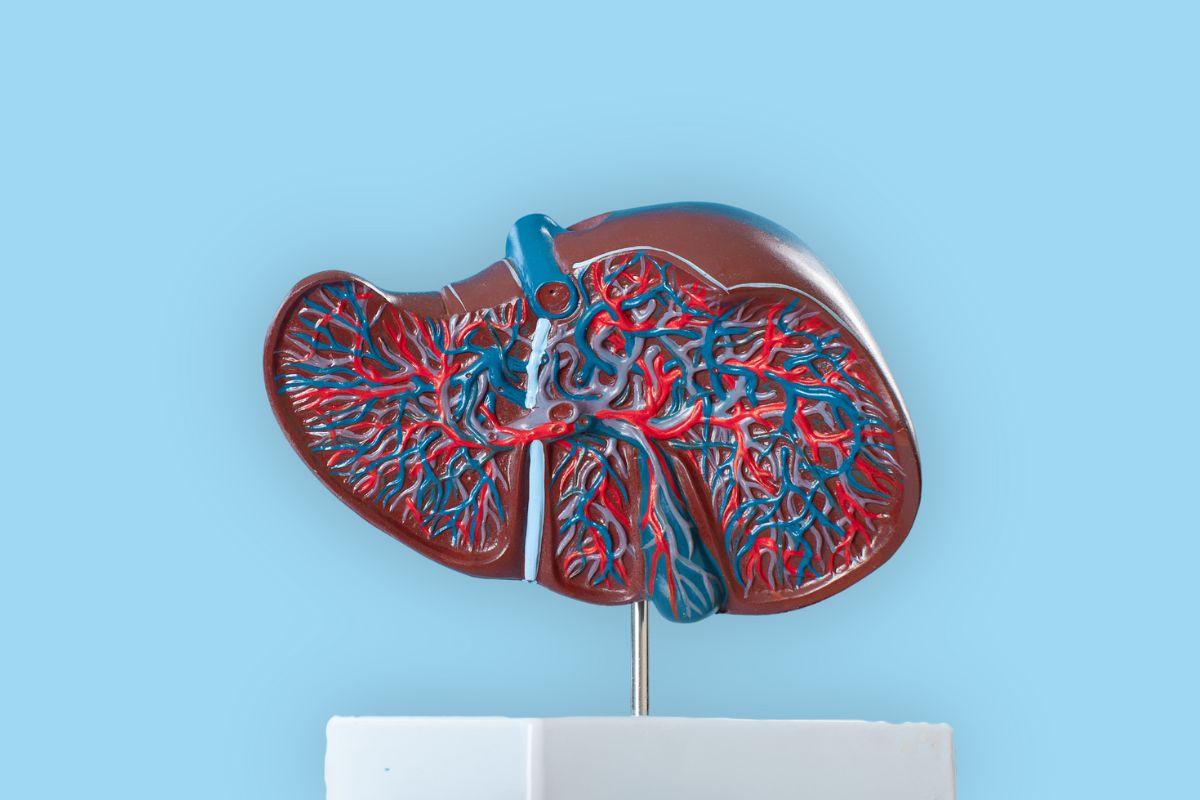ACL (anterior cruciate ligament) injuries are one of the most common knee problems, particularly in athletes. However, even those who don’t play sports can suffer from an ACL injury due to accidents or sudden, awkward movements. Mr Ashutosh Acharya, a consultant orthopaedic surgeon, specialises in hip and knee conditions and sports-related knee injuries. In this article, we’ll break down what an ACL injury is, how it occurs, and the treatment options available.
What is the ACL?
The ACL is a crucial ligament in the knee. It connects the thighbone (femur) to the shinbone (tibia) and plays a key role in stabilising the knee, preventing it from moving too far in any direction. The ACL helps with movements like twisting, turning, and pivoting, which are common in sports such as football, rugby, and badminton. When the ACL is injured, the knee becomes unstable, making it difficult for individuals to move normally.
How does an ACL injury happen?
ACL injuries are often the result of a sudden twisting motion. Surprisingly, most ACL injuries are non-contact injuries, meaning they don’t happen because of a direct hit to the knee. Instead, they frequently occur when an individual lands awkwardly after a jump or quickly changes direction.
For example, in football, a player may twist their knee while their foot is still planted on the ground. Similarly, in racket sports like badminton, a player who jumps and lands awkwardly can end up injuring their ACL. A tell-tale sign of an ACL injury is a sudden “pop” or “snap” in the knee, followed by pain and swelling. The knee often swells immediately after the injury, and the individual may have difficulty walking or standing.
Symptoms of an ACL injury
If you suspect you’ve injured your ACL, there are a few key symptoms to watch for:
- A loud “pop” sound at the time of the injury
- Sudden swelling in the knee
- Difficulty bearing weight on the injured leg
- Feeling as though the knee might “give way” or buckle when twisting or pivoting
- Pain, particularly when trying to walk or go up and down stairs
For some, the pain and swelling may subside after a few days, but the instability in the knee will persist, making everyday activities difficult.
Diagnosing an ACL injury
If you’ve experienced any of the symptoms listed above, it’s essential to seek medical attention. A detailed history of the injury will help the doctor determine the likelihood of an ACL tear. Mr Achara explains that the next step is a physical examination of the knee, followed by an MRI scan to confirm the diagnosis and check for any additional injuries, such as damage to the cartilage or meniscus.
Treatment options for ACL injuries
Treatment for an ACL injury varies depending on factors such as age, activity level, and the severity of the injury. In younger, active individuals—especially athletes—ACL reconstruction surgery is often recommended. The goal of surgery is to restore stability to the knee and prevent further damage to the cartilage and surrounding ligaments.
During ACL reconstruction surgery, a graft (often taken from the hamstring) is used to replace the damaged ligament. The procedure is usually performed arthroscopically, meaning it’s done through small incisions with the help of a camera. This minimally invasive approach results in a quicker recovery time and less post-operative pain.
For older patients, or those who are less active, non-surgical options may be considered. Physiotherapy, along with targeted rehabilitation exercises, can help strengthen the muscles around the knee, improving stability and function. However, if the knee continues to give way and affects quality of life, surgery may still be the best option.
Recovery after ACL surgery
Recovery from ACL surgery can take time, but with the right care, most individuals are able to return to their normal activities. The first step is physiotherapy, which begins shortly after surgery to help regain strength and mobility in the knee.
Patients typically need to continue physiotherapy for six weeks to three months post-surgery, focusing on exercises that improve the knee’s range of motion and strengthen the surrounding muscles. In some cases, a brace may be required to protect the knee while it heals, particularly if the meniscus (a piece of cartilage in the knee) was also repaired.
Returning to sports or strenuous activities is generally possible after nine to twelve months, once the strength in the injured knee matches that of the uninjured one. Regular follow-ups with the surgeon will ensure that the knee is healing properly and that no additional damage has occurred.
Mr Ashutosh Acharya is a highly experienced consultant orthopaedic surgeon specialising in hip and knee conditions, including sports-related knee injuries. He has a particular interest in treating anterior cruciate ligament (ACL) injuries, offering both surgical and non-surgical treatments to help patients recover and regain stability. His expertise ensures personalised, effective care for each patient, focusing on restoring mobility and improving quality of life.
Find the right specialist for you. Doctify uses verified reviews so you can make the best decision for your healthcare.

Find the best ACL injury specialists in the United Kingdom or search for the best specialists globally:




